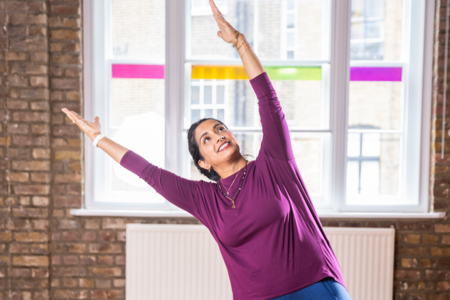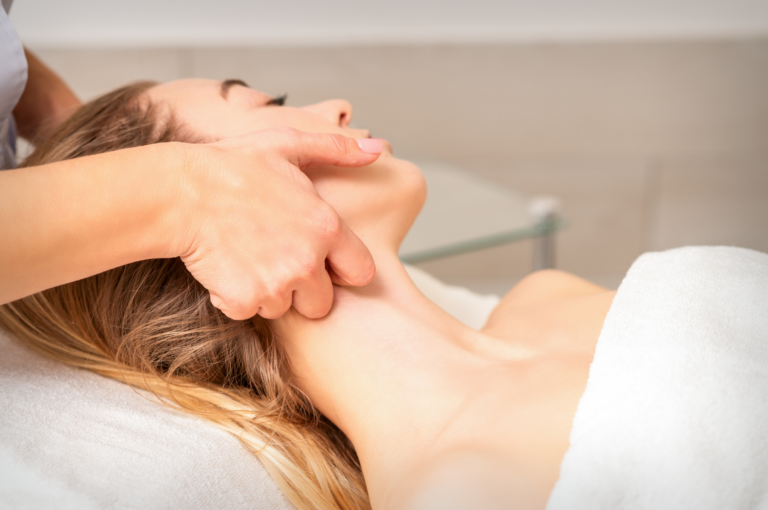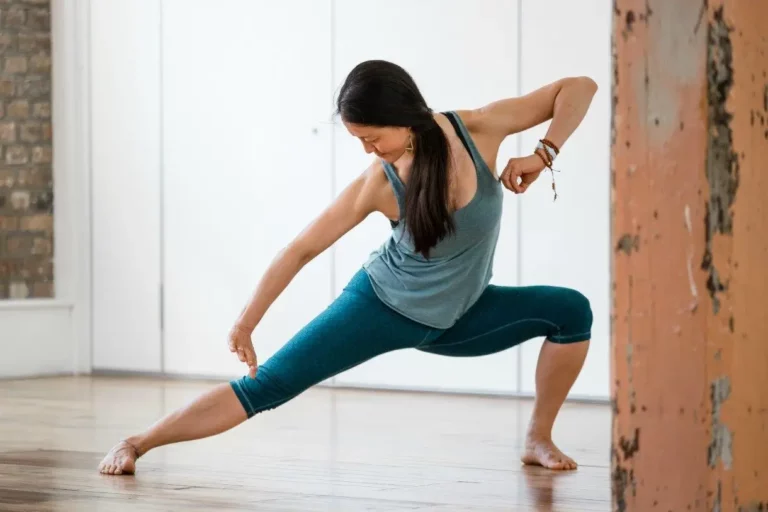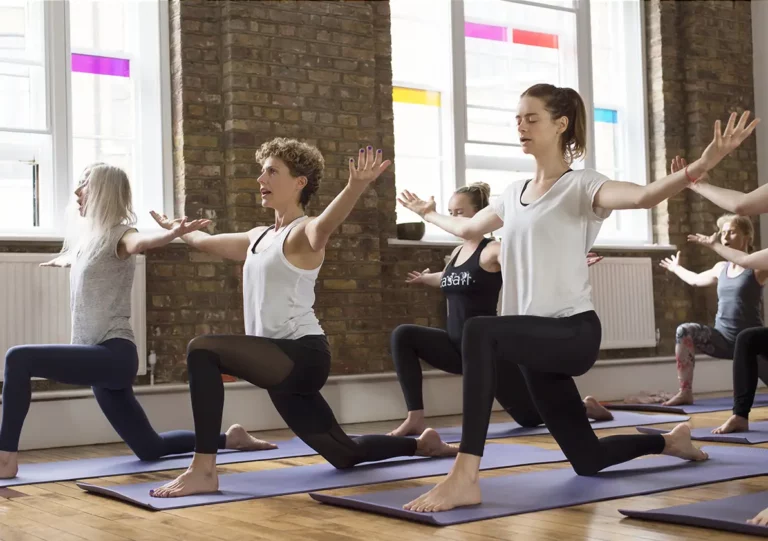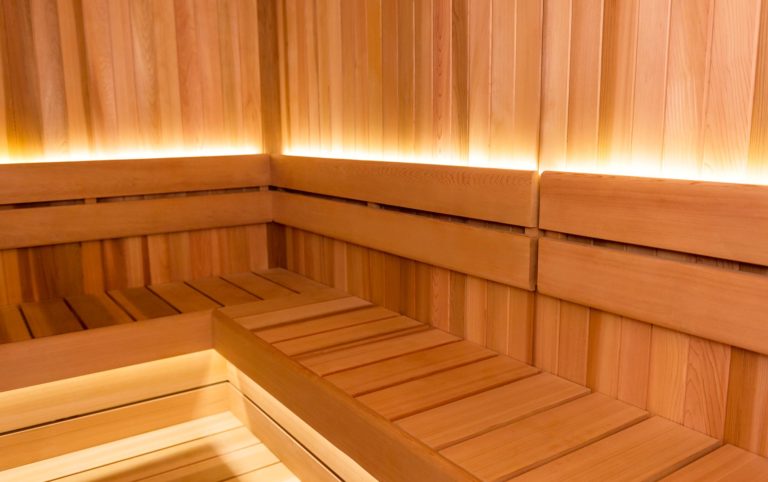Open the hips, boost concentration and strengthen the arms, shoulders, and core muscles in yoga asana Parsva Bhuja Dandasana, commonly known as Grasshopper Pose. Parsva Bhuja Dandasana is an advanced arm balance pose that combines strength, balance, and flexibility. In this asana, your body resembles a grasshopper, which explains its common name. The pose requires core stability, open hips, and a strong upper body to maintain balance and achieve the desired form.
How to Do Yoga Asana Parsva Bhuja Dandasana
Here’s a step-by-step guide on how to practice the Grasshopper Pose:
- Begin by coming into a squat position with your feet hip-distance apart.
- Place your hands on the ground shoulder-width apart and spread your fingers wide.
- Lift your right foot off the ground and place your right ankle over your left thigh, just above the knee.
- Engage your core muscles and lean forward, shifting your weight onto your hands.
- Bend your elbows slightly and position your right knee on the back of your right upper arm.
- As you lean forward, engage your core and lift your left foot off the ground, extending your leg straight back.
- Find your balance and hold the pose for a few breaths.
- Gently release and repeat on the opposite side.
Steps to Follow and Preparatory Poses
Before attempting Parsva Bhuja Dandasana, it is helpful to practice the following preparatory poses:
- Malasana (Garland Pose): This deep squatting pose helps open the hips and prepares you for the Grasshopper Pose.
- Bakasana (Crow Pose): Developing strength in your arms and core through Crow Pose can assist you in transitioning into the Grasshopper Pose.
- Fire Log Pose (Agnistambhasana): This hip-opening pose prepares the hips for the deep external rotation required in Parsva Bhuja Dandasana.
Variations of the Pose:
Half Grasshopper Pose: Begin in a seated position with one leg bent and the other leg extended straight out.
Benefits of Parsva Bhuja Dandasana
Strengthens the upper body: This pose challenges your arms, shoulders, and core muscles, building strength and stability.
Enhances balance: Maintaining equilibrium in the Grasshopper Pose requires focus and concentration, thereby improving your overall balance.
Opens the hips: The pose deeply stretches and opens the hip joint, increasing flexibility and relieving tightness in the hips.
Tones the abdominal muscles: As you engage your core to hold the pose, it helps tone and strengthen your abdominal muscles.
Boosts concentration: Practicing Parsva Bhuja Dandasana demands mental focus and presence, promoting clarity and enhancing concentration.
Contraindications
While Parsva Bhuja Dandasana offers numerous benefits, it may not be suitable for everyone. Individuals with the following conditions should avoid or modify the pose:
Wrist or shoulder injuries: Avoid this pose if you have an acute or chronic wrist or shoulder injury.
Pregnancy: It is best to avoid this pose during pregnancy due to its challenging nature.
High blood pressure: People with high blood pressure should exercise caution or avoid this pose, as it involves an inversion.
As we conclude our exploration of Parsva Bhuja Dandasana, the Grasshopper Pose, we hope you feel inspired to incorporate this asana into your yoga practice. Remember, yoga is a journey, and every step you take brings you closer to discovering new depths within yourself. Embrace the process, listen to your body, and enjoy the transformation that unfolds on and off the mat.
Advance yoga classes at triyoga
Interested in advanced yoga classes at triyoga? Click here to view the timetable and book into a class.


